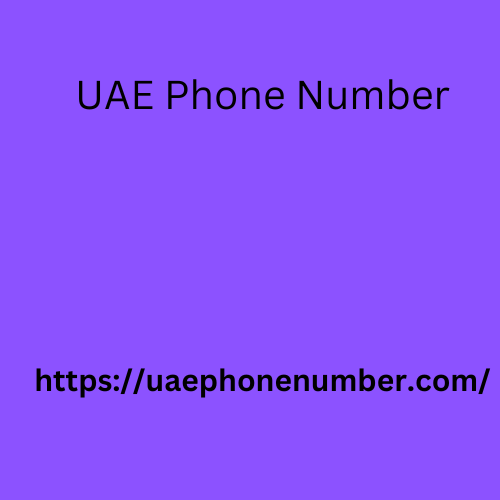How to Format a Professional Email in 2024 UAE Phone Number should format any professional email similarly
You should format any professional email similarly to a typical business letter—leave white space between each paragraph and watch out for any typos and grammatical errors. Before we dive into each aspect of a message, here are some quick tips on how to format an email:
Longer isn’t better—keep it short and to the point.
Avoid using overly complicated language and lengthy sentences.
Make sure the recipient can easily scan through the text to get the main point of the message.
Always proofread before hitting send.
If you’re prone to making typos, printing out a physical copy of the email can make it easier to catch mistakes than reviewing it on your screen.
The Subject Line
Make sure to include a subject line in every single email you send. If you leave it out, the chances of someone opening your email are next to none.
he subject line is the perfect place to summarize the reason for your email. Keep it brief, simple, and informative.
Here are some examples of great subject lines for a professional email:
Application for [Job Title] – [Your Name]
Regarding the meeting on [Date]
Thank you – [Job Title] interview – [Your Name]
Referred by [Name] to discuss [Subject]
The Greeting
One of the worst things you can do when writing a professional email is not addressing it to a specific person. Think about it—if you opened an email and it began with “Dear Sales Team” or “Dear Marketing Agency,” would you bother reading the rest? Probably not. If you don’t have the person’s name available, you can likely find it by checking the business’s LinkedIn page or calling the company’s front desk.

Also, when addressing someone in a professional email, avoid “Hey,” “Hello,” and “Hi.” Sticking with the more formal “Dear” is always a safe bet.
The Body
Most of the time, you only need three short paragraphs in a professional email. Sometimes, you may need more to relay your entire message, but the shorter, the better. The three paragraphs you should include are:
An introduction: Briefly describe who you are.
The reason why you’re writing: Keep it to the point. If you need to add extra details and create more paragraphs, break them up into a few sentences each to enhance the readability.
A thank you: Thank the recipient for their time and encourage them to respond.
The Closing & Signature
There are many appropriate ways to close a formal email. The most important thing is to avoid being overly casual. Some great ways to close a professional email include:
Sincerely
Respectfully
Best
Thank you
With appreciation
Be careful of using casual phrases like:
Love
Later
Always
Cheers
Ciao
After the closing, you should include your email signature. It should consist of, at a minimum, your name and email address. If appropriate, you should also include your phone number so that the recipient can get in touch with you directly. On top of that, you could include a link to your LinkedIn profile so information about you or your company is easily accessible.
Introducing Shakespeare AI Email Writer
Shakespeare is an AI email writer powered by intel from thousands of cold email campaign, to continually learn and automatically write effective emails. It can help overcome any writers block by auto-generating 3 email variations for you in under a minute.


